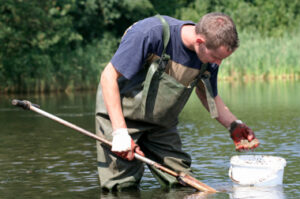 May come as a surprise to learn that Texas, often thought of as relatively dry, contains millions of acres of different types of wetlands across the state. As economic development encroaches and puts pressure on natural habitats that are essential for our survival and well being we are faced with critical decisions about the use of land resources.
May come as a surprise to learn that Texas, often thought of as relatively dry, contains millions of acres of different types of wetlands across the state. As economic development encroaches and puts pressure on natural habitats that are essential for our survival and well being we are faced with critical decisions about the use of land resources.
Wetlands are recognized for their value to human health and economics and are protected ecosystems regulated by the United States Army Corps of Engineers (USACE), as outlined in Section 404 of the Clean Water Act.
Wetlands take major functions that are critical for humans and wildlife such as:
• pollution filtration
• buffer surrounding areas from flood damage
• soak up rain runoff
• reduce flood peaks up to 60%, saving flood damage costs
Although the nature and properties of wetlands varies widely in Texas and worldwide, wetlands are typically defined by the presence of:
Wetland hydrology
— water that is present for part or all of the year, at or above the surface, or within the root zone.
Wetland soils
— soil characteristics that differ from surrounding uplands.
Wetland vegetation
— wetlands will contain plants that are adapted to the presence of water, and generally lack plants that are intolerant of wet conditions
